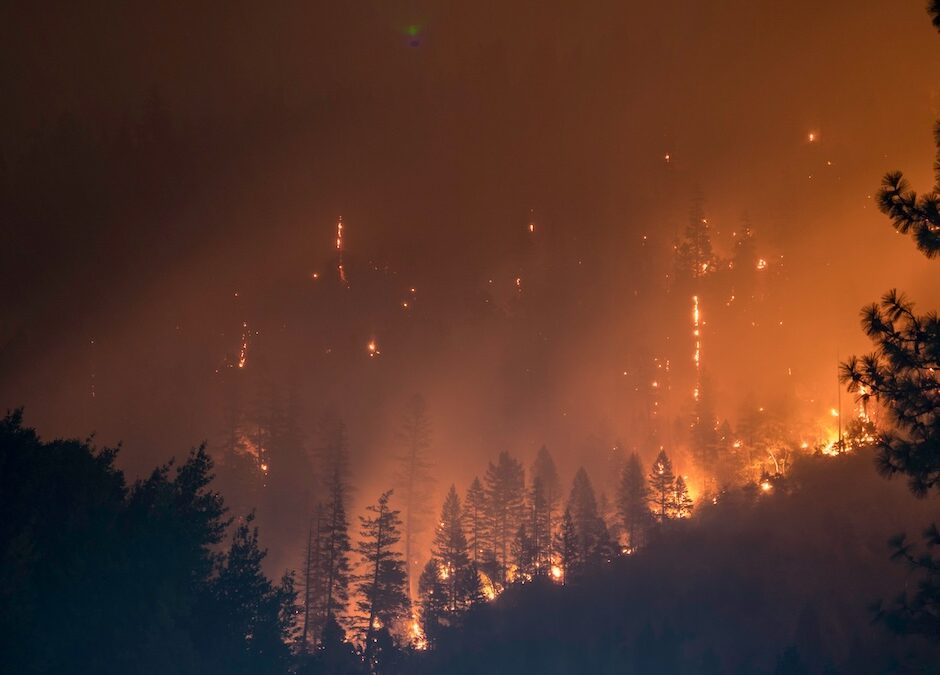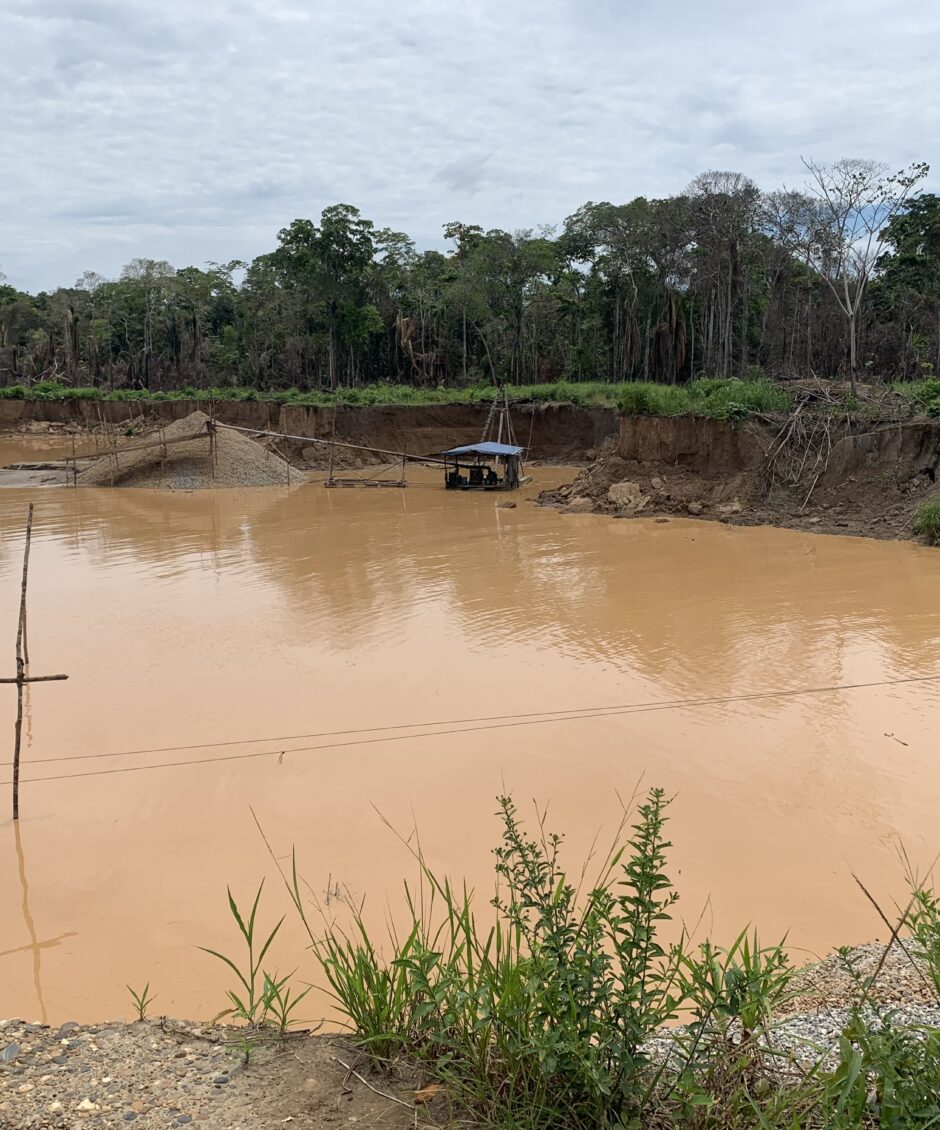Indonesian Forest Defenders Prepare for El Niño’s Fiery Potential
Article
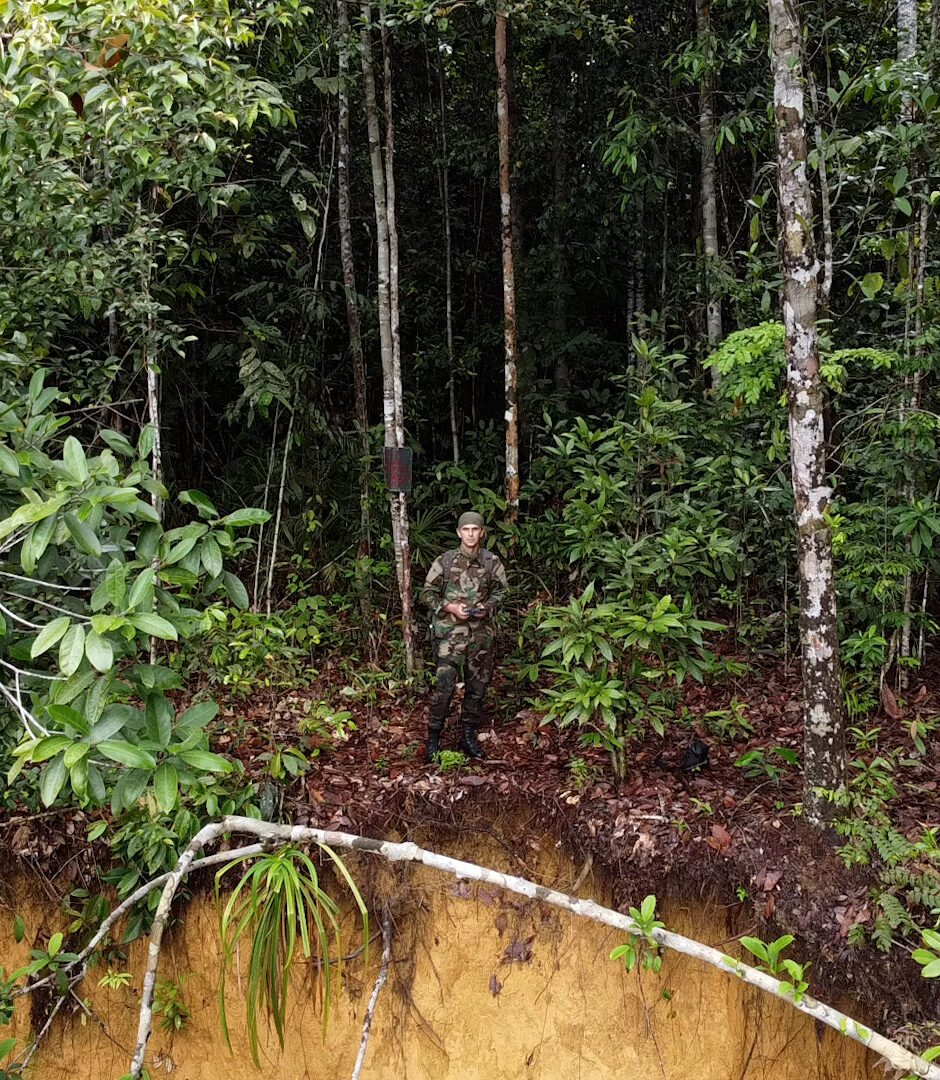
With support from Age of Union, Kalaweit is protecting the Dulan Reserve in Borneo, Indonesia, from looming forest fires in the months ahead.
Author
Joe McCarthy
Topics
Chanee, the founder of the environmental nonprofit Kalaweit, thinks that the Dulan Reserve in the Borneo rainforest might have experienced its last rainfall of the year, a final moisturizing balm for the area’s vegetation before the dry season begins.
And he expects this dry season to be harsher than usual. Scientists have predicted that the intermittent climate phenomenon known as El Niño is arriving in the months ahead, forcing Kalaweit to prepare for the worst: devastating forest fires that could ravage vital ecosystems and further endanger animals in need of a reprieve.
“The fires mainly happen in the peatland in the south,” Chanee said. “We’re noticing a lot of smoke during the fires. Sometimes, you can’t see more than 50 meters because of the smoke, and it’s a huge health problem for the people and animals living here.”
El Niño is the inverse of La Niña and refers to a shift in ocean temperature and atmospheric pressure that unleashes a cascade of extreme weather events globally. Whereas La Niña entails an abnormal decrease in ocean temperature, along with a northward shift of the jet stream, El Niño entails the opposite.
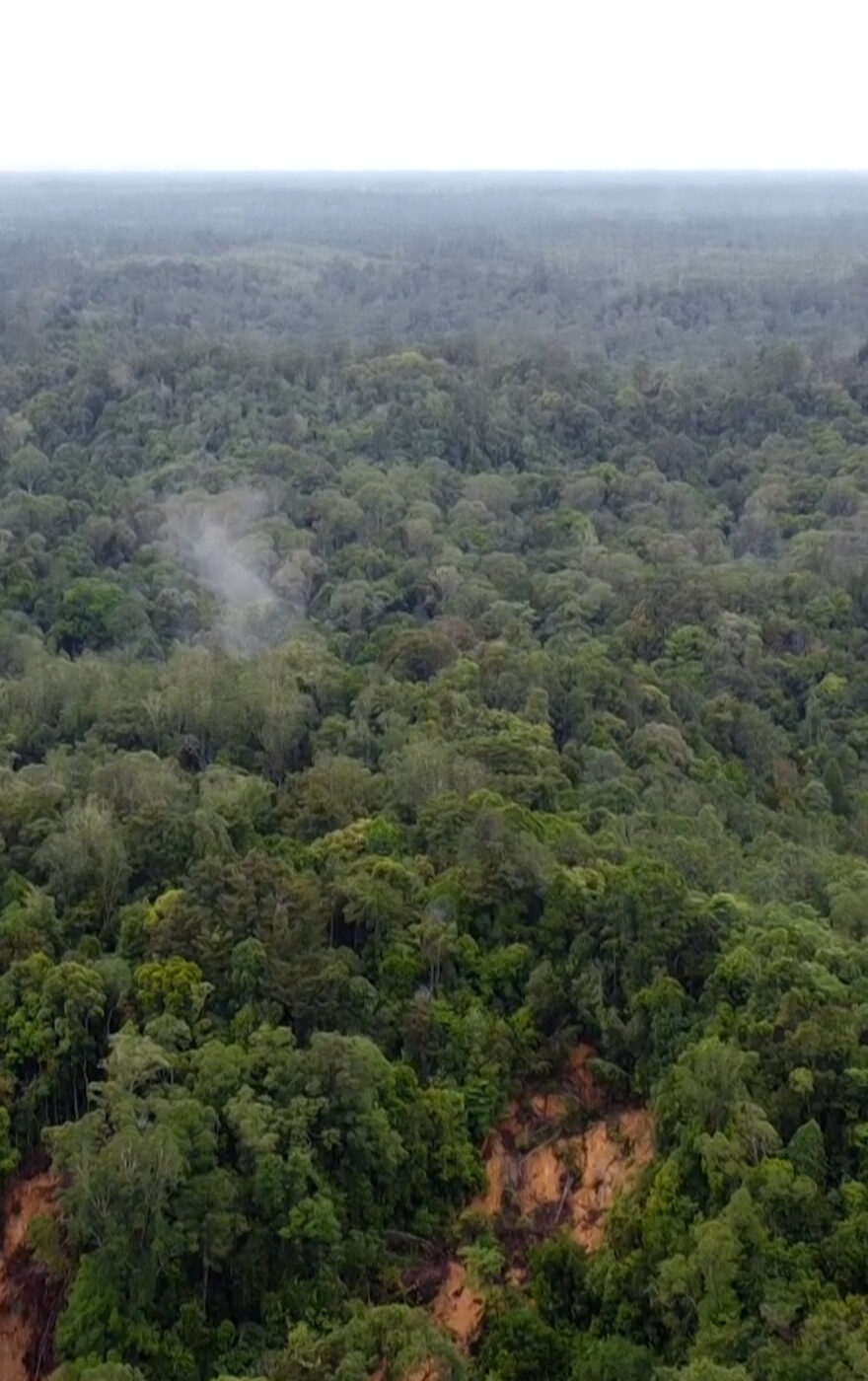
Because of this structural difference, the impacts they cause vary and happen in different parts of the world. Another major distinction is that El Niño happens less often; La Niña occurred in each of the last three years, exerting a brake on runaway global temperature increases driven by the burning of fossil fuels and industrial activities.
This year’s El Niño could last for several months, well into next year, setting the stage for record-breaking heat waves. The United Nations notes that southern parts of South America, the southern United States, Central Asia, and the Horn of Africa will likely see increased rainfall and flooding.
For other parts of the world, including Indonesia, the drought will be mighty. Combined with human-caused climate change, the impacts on food systems, infrastructure, and wildlife could cost countries trillions of dollars. The global food system has been overstrained for years, exacerbated by events such as the Russian invasion of Ukraine, and a super El Niño could further erode food security.
Efforts are underway globally to buffer communities from the worst impacts, but far more needs to be done. The investments that Indonesia makes — and fails to make — to safeguard forests and communities will determine how this El Niño will be remembered.
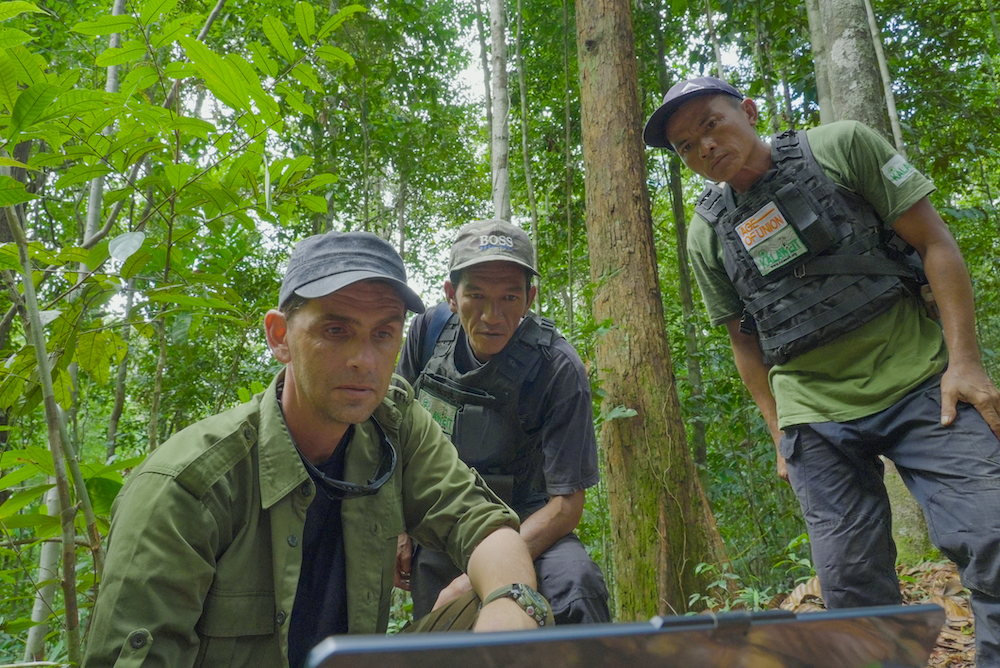
“Sadly, not much is done to mitigate the impact of El Niño, especially when we’re talking about forest fires,” Chanee said. “Unfortunately, if it’s strong this year, I’m not very optimistic because of the huge lack of anticipation. When the fire is already burning in peatland, it’s almost impossible to end it. We just have to wait for the rain.”
Fighting Fire
Since 1998, Kalaweit has been protecting wildlife in Borneo and Sumatra by recovering trafficked animals like tigers and orangutans, establishing protected forest areas, and building coalitions to advocate for government policies that preserve important ecosystems.
In recent years, Kalaweit has had to focus more resources on battling and anticipating wildfires because of the escalating impacts of climate change and human development.
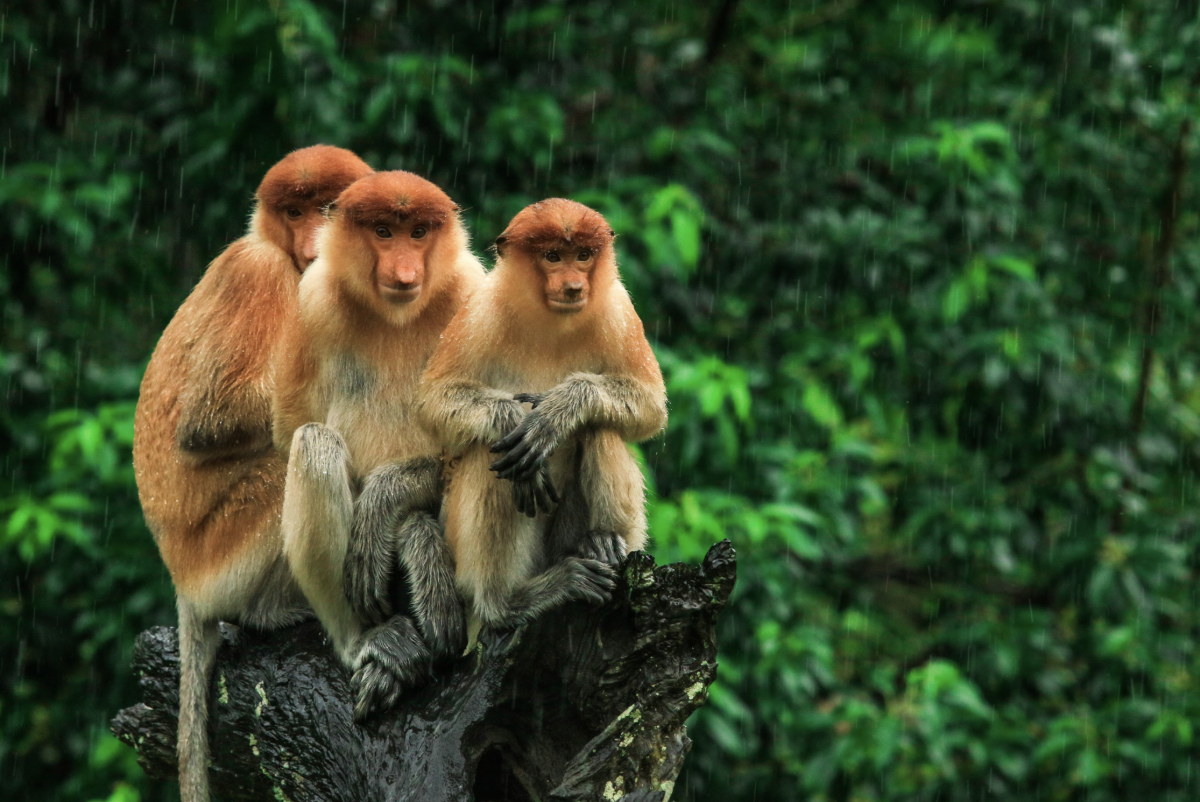
Rising temperatures dry out landscapes and cause communities to draw more water from the ground and other sources to stay cool and hydrated and to sustain crops and animals for agriculture. This leaves less water for future years. As humans log trees for agriculture and development, surrounding forests become weaker, and the new vegetation that grows catches fire more easily. The back-and-forth between droughts and flooding further erodes the resilience of forests.
“With La Niña, we had two years of rain, and it’s made the situation very hard here,” Chanee said “Combined with deforestation, it makes it even more problematic. We lose the forests during El Niño with fire, and then we have no more forests to keep the water from La Niña’s rains, and big floods happen.”
Chanee insisted that mature, intact forests are not at risk of burning. The tall trunks and thick leaves of mature trees create canopies that block the sun, allowing the soil and underbrush to retain moisture even during periods of drought. These forests also have more sophisticated root systems that can better hold onto moisture. Fires have a much harder time gaining traction in these fertile zones.

“When we are talking about the big forest fires in Borneo, the media doesn’t always explain that 70 to 80% of the land that’s burning is the same land that burned in the previous El Niño,” he said. “The same peatland burns again and again and again during each dry season.”
Between 1973 and 2015, more than half of Bornean rainforests were lost to human logging, largely due to the palm oil trade and mining. This degradation has especially affected the peatland forests, which have been drained of their moisture and exposed to extensive fires set by local farmers. Peatland fires can smoulder underground for weeks, releasing greenhouse gasses and other toxic fumes and contributing to large-scale fires during droughts.
In recent years, the Indonesian government has rolled out efforts to restore degraded peatlands by replanting indigenous trees, rewetting areas that have been dried out, and revitalizing local economies dependent on ecologically harmful activities. In communities where these efforts have been well-funded and coordinated, farmers have reported better income and fewer fires, proving that healthy peatland has a deterrent effect.
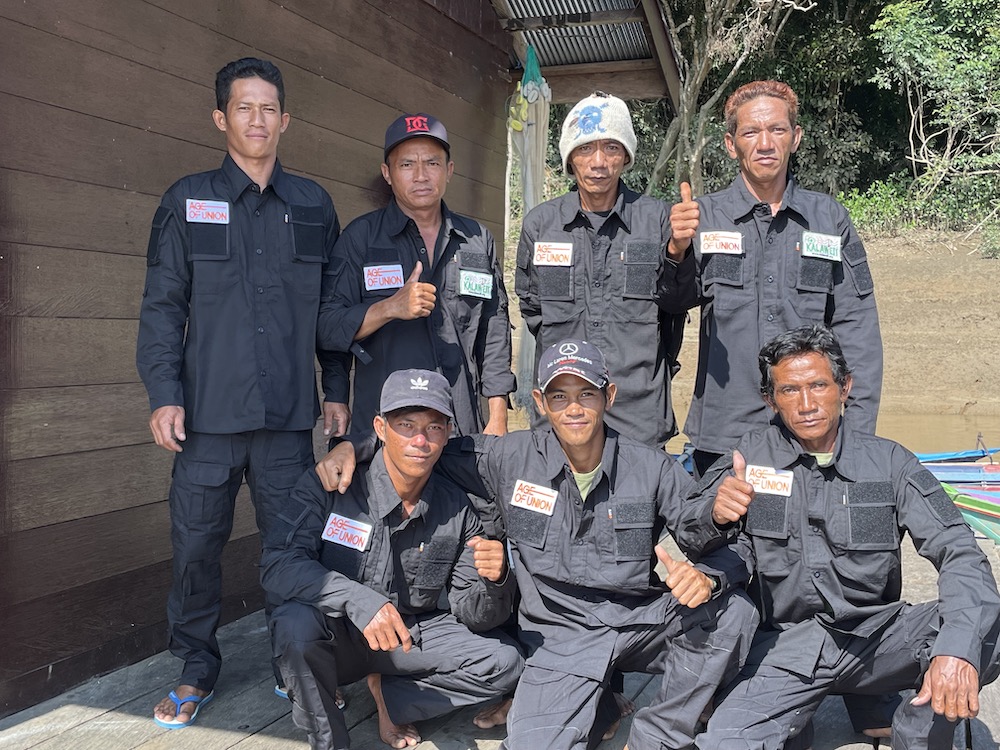
Anticipation Is Key
Kalaweit has been taking action to protect the Dulan Reserve. With funding from Age of Union, the organization has been able to expand and train its team, invest in new technology and infrastructure, and develop forest defense strategies.
A lot of effort goes toward identifying and safeguarding fire-prone areas. Kalaweit does this by consulting maps and data, clearing underbrush along paths to create firewalls, and patrolling the reserve with a plane. If, at the onset of the dry season, they observe someone engaging in a burn, whether to clear an agricultural area or dispose of waste, they’ll notify them that if the fire grows, they’ll be held responsible and face a government fine. This creates an incentive to keep fires from getting out of control.
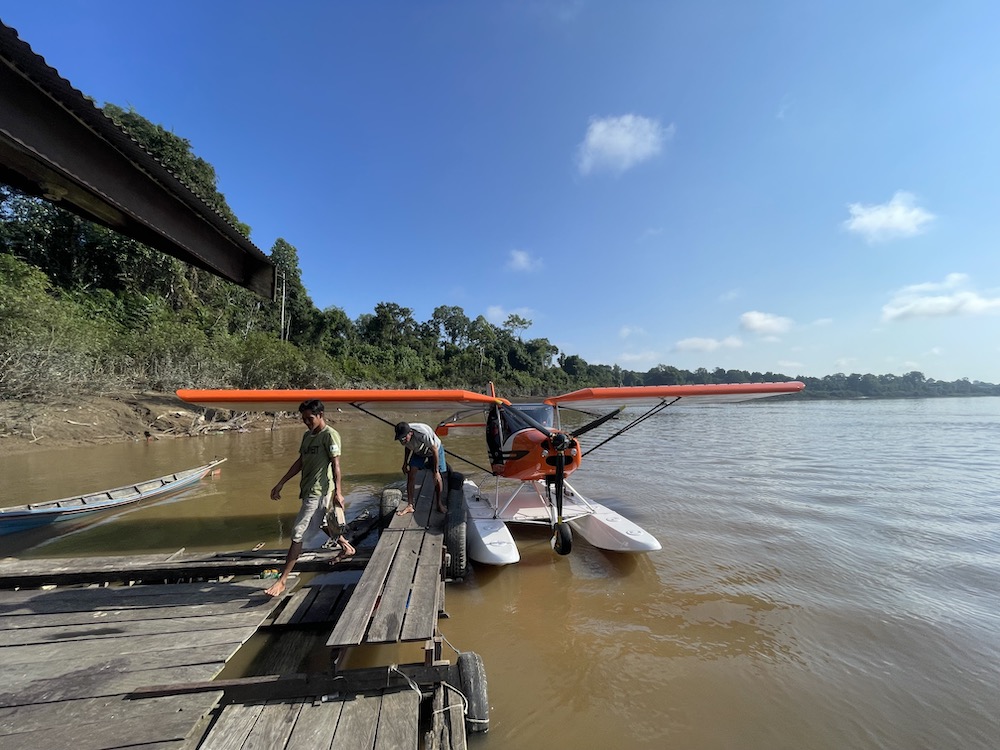
Kalaweit also works with grassroots organizations to educate communities on the growing risks of forest fires and the importance of conservation.
“With help from Age of Union, we built many water towers in the south,” Chanee said. “The plan is to detect any wildfire as soon as possible to manage it.”
Kalaweit’s water towers have been set up in high-risk areas. Dedicated rangers have been conducting practice runs to ensure they’re ready to go once real alarms go off. In the simulation, a plane releases a smoke flare somewhere in the reserve, and the location is then relayed to a firefighting team that travels there by boat and foot. Once they arrive, they connect hoses to the water stations and prepare to put out the simulated fires.
Of course, Indonesian firefighting forces are better equipped to extinguish bigger fires, but Kalaweit’s nimble team can mitigate the risk of blazes that would require more serious intervention.

As the climate crisis worsens, scientists and policymakers realize that it’s nearly impossible to contain the new mega-fires that are emerging and that the best strategy going forward is one of prevention and resilience. On the broadest level, that means phasing out fossil fuels to limit temperature increases and curbing the industrial practices that lead to deforestation.
In Indonesia, Kalaweit campaigned to double the Dulan Reserve to protect roughly 1,500 hectares of forest until 2022, when Age of Union helped secure the remaining 750 hectares, now known as the Kalaweit x Age of Union reserve. The project aims to shield local wildlife, enable sustainable agriculture, and foster local conservation jobs. It also mounts a serious defense against the fires, El Niño or otherwise, that linger on the horizon.
“When we are talking about dry seasons in tropical countries near the equator, forests that have never been disturbed by humans will never burn even after one year of dry season,” Chanee said.
Topics
Article written by
Joe McCarthy
Joe McCarthy is a writer based in Brooklyn who specializes in global politics, climate action, and pop culture.
Related
articles
News
Age of Union Marks 4 Years of Global Conservation Wins As COP30 Commences in Brazil
News, Other
‘Echoes from Eden’ Book Tour Connects Readers to Urgent Stories of Conservation
America, Asia, News
What More Intense Wildfire Seasons Mean For People and the Planet
Project
More articles
News
Age of Union Marks 4 Years of Global Conservation Wins As COP30 Commences in Brazil
News, Other
‘Echoes from Eden’ Book Tour Connects Readers to Urgent Stories of Conservation
Explainer, South America
In the Amazon, Gold Mining Leaves a Toxic Trail
America, Asia, News
What More Intense Wildfire Seasons Mean For People and the Planet
Film



